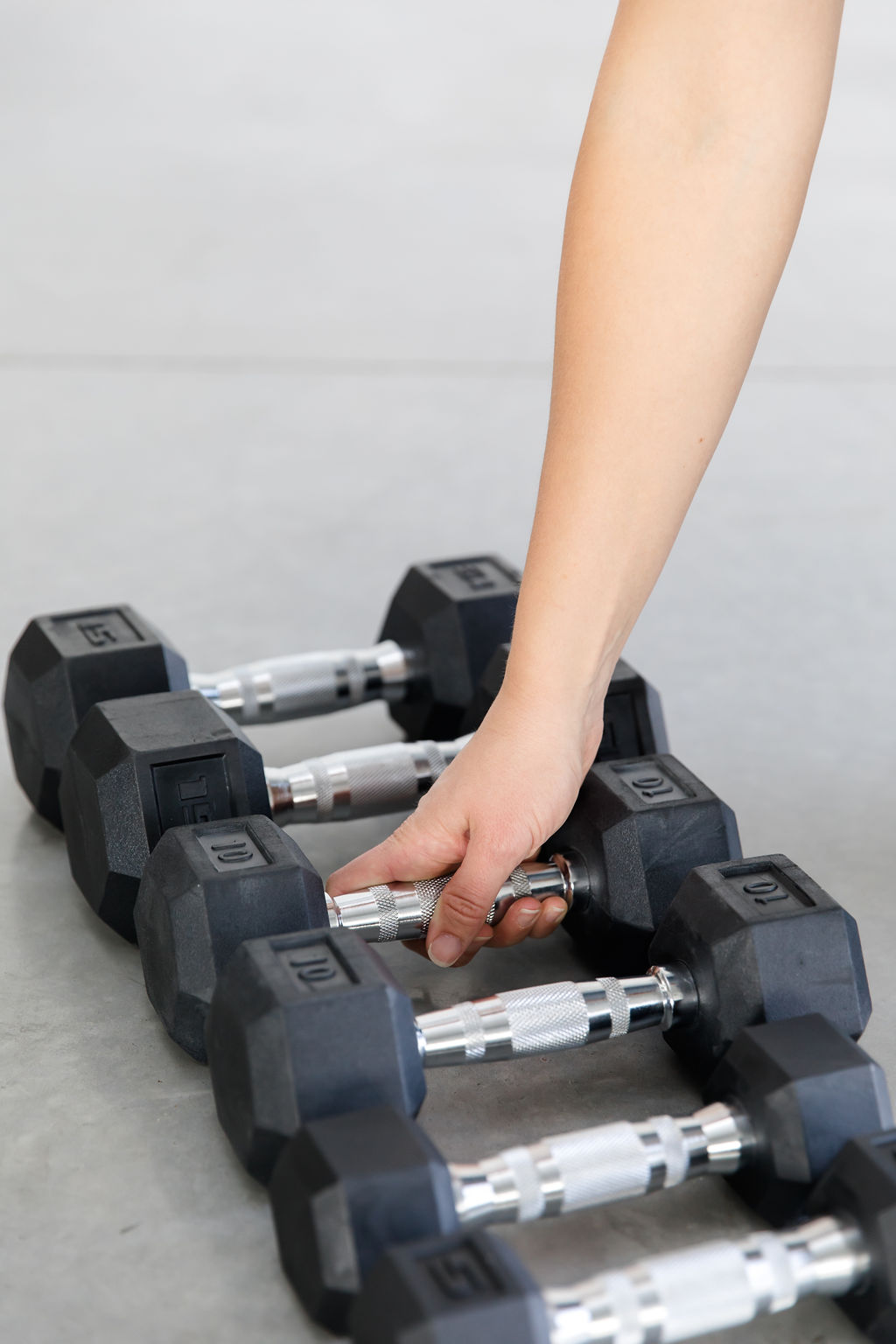Browse around
topics
Hey Girl!
Mother, Wife, Physical Therapist, Lover of Travel
I'm Emily
I'm here to help you build intentional, lasting strength as the foundation for an active, symptom-free life—not just now, but for years to come. Read my story
When Can You Start Exercising After Baby? A Guide for New Moms
Postpartum
Exploring Mexico With Young Children
Travel
Pelvic Floor 101: Understanding It's Role in Postpartum Recovery
Postpartum
Home Gym Essentials
Pregnancy, Postpartum
Have you ever wondered when or if you should intentionally contract your pelvic floor during exercise? Maybe you’ve experienced leaking, heaviness, or prolapse symptoms and have tried to keep your pelvic floor tight the entire time you’re working out. If you’ve had a baby, you’ve probably been told that strengthening your pelvic floor is essential. But what if I told you that constantly contracting it could actually be holding you back?
By the end of this post, you’ll know exactly when to contract, when to relax, and how to work with your body, not against it, so you can safely regain strength postpartum.
So, Should You Contract Your Pelvic Floor During Exercise?
In true physical therapy fashion, the answer is it depends. Your pelvic floor is a dynamic system that is meant to contract and relax in response to movement. Whether you should actively contract your pelvic floor during exercise depends on the type of movement you’re doing and any symptoms you may be experiencing.
Holding tension in your pelvic floor all the time can lead to dysfunction, including pain, tightness, and even leaking. However, your pelvic floor also plays a crucial role in managing pressure in your core and needs to activate strongly when necessary.
Think of your pelvic floor like a trampoline. If it’s stiff and rigid because you’re constantly holding tension, it won’t absorb impact well. But if it’s too weak, it won’t provide the support your body needs. A well-functioning pelvic floor must be able to both contract and relax in response to movement.
When Should You Contract Your Pelvic Floor?
Engaging your pelvic floor during movement can be beneficial, especially as you rebuild strength and improve coordination. If you have developed a habit of bearing down during exercise, learning to contract properly can help retrain your movement patterns.
Here’s when you should contract your pelvic floor:
- When reconnecting with your pelvic floor muscles, whether in early postpartum recovery or simply improving coordination
- When retraining movement patterns to avoid bearing down during exercise
- If you experience symptoms such as leaking or heaviness during impact activities like running or jumping, but only for brief contractions, not the entire time
- When lifting heavy weights
The key is to contract during exertion and allow your pelvic floor to relax between repetitions. Your pelvic floor doesn’t have the endurance to maintain a contraction for extended periods, especially during high-impact activities. Letting it relax is just as important as engaging it.
How to Properly Contract Your Pelvic Floor
Coordinate your contraction with your exhale. As you breathe out, think about gently lifting your pelvic floor as if you’re lifting a blueberry with your muscles rather than just squeezing like stopping the flow of urine. This ensures your pelvic floor is engaging in a way that supports your movement.
Related article: Pelvic Floor 101
When Shouldn’t You Contract Your Pelvic Floor?
If you’re holding tension in your pelvic floor all the time, you’re not allowing your muscles to function properly. Overactive pelvic floor muscles can contribute to: pain with sex, urinary urgency or frequency, or difficulty relaxing, which can make it harder to build strength
To maintain a healthy pelvic floor, focus on relaxation during activities like stretching, mobility work, and deep breathing exercises. As you inhale, allow your pelvic floor to fully release and soften.
As mentioned above, be sure to relax your pelvic floor in between repetitions.
In daily life, be mindful of unnecessary tension. You shouldn’t be holding your pelvic floor tight at all times. Instead, let it remain relaxed unless it needs to activate for support, such as when lifting something heavy or when coughing or sneezing.
Eventually, you may only need to consciously contract your pelvic floor when lifting something very heavy. If you aren’t experiencing symptoms like leaking or heaviness and aren’t bearing down during exercise, your pelvic floor is likely functioning well on its own. The goal is for pelvic floor engagement to become second nature so you don’t have to think about it all the time.
Your Pelvic Floor Needs Balance
Once you’ve established good control and coordination, your pelvic floor should naturally contract when you exhale during workouts. Consciously engaging it at first can help build awareness, but over time, it should become automatic. You may still need to think about an intentional contraction with heavy lifting, but otherwise, your pelvic floor should function without constant effort.
Most importantly, no matter how strong your pelvic floor is, it must also be able to relax. Holding constant tension can actually make symptoms worse, including leaking and discomfort with activity. The goal isn’t just about strengthening, it’s about overall function and balance.
Want Step-by-Step Guidance for Postpartum Strength?
Regaining strength postpartum doesn’t have to be confusing or overwhelming. Download my free guide to learn exactly how to rebuild your strength safely without fear of injury or dysfunction.
Pin
Share
Leave a Reply Cancel reply
Previous Story
next Story
© 2024 Emily Tolkamp, PT.
Privacy Policy
Medical Disclaimer
Join Me on Insta
